The three little pigs that were hand-reared to be eaten
You’ve heard of farm to fork, but piglet to plate takes this to a whole new level… Lizzie Rivera follows the journey of a family who put their money where their mouth is and found out what it's like to eat the pigs they've looked after
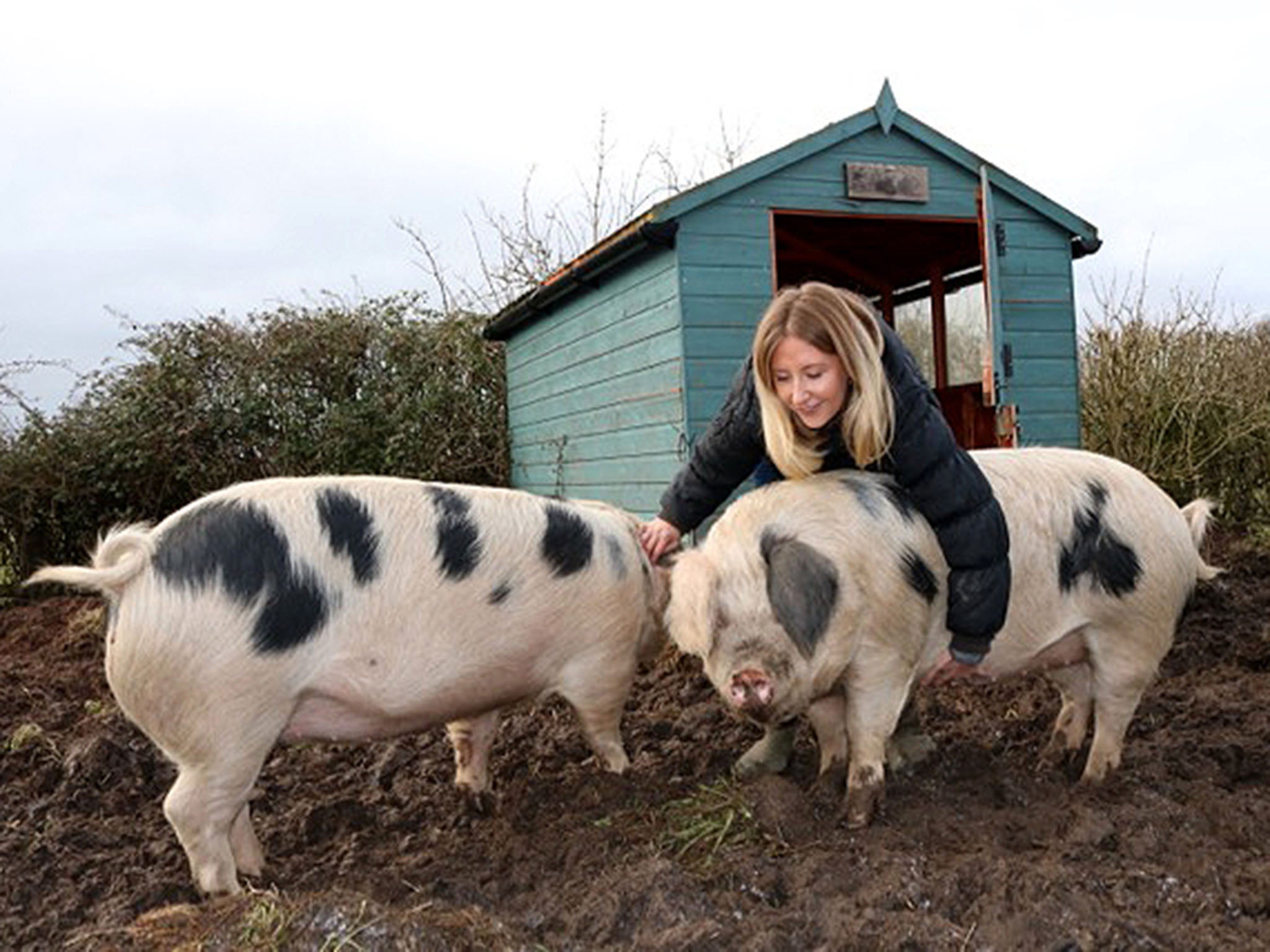
“It’s amazing to be cooking something you have put a year into growing,” says Millie Diamond, 28, stirring the sausage ragu she has cooked us for lunch for our interview in her south London flat.
“It is one of the nicest things because we’re not from a farming background but I know exactly what I’m feeding people – and I am proud of it.”
It’s a far cry from the last time we met, two months earlier on a cold January day in north Wales. The day Millie was taking her three pigs to the abattoir after rearing them for eight months.
It takes a brave family to take on three piglets knowing they are intended for slaughter. But meat is a staple for many of their meals, especially big family get-togethers and pork is a favourite. Even on Christmas Day they eschew turkey and opt for porchetta – an Italian dish of deboned pork (often a whole small pig in Italy) – smothered in a fennel, lemon, chilli and garlic rub.
Mum Belinda, step-dad Iain, Millie and her younger brother Fraser also have a lot of table discussions about provenance, ethics and sustainability, and decided they probably shouldn’t be eating meat if they couldn’t rear and send an animal to slaughter themselves.
“When we tuck into our delicious bacon sandwich, dripping with fat and dunked in ketchup, do we really associate it with that friendly little piggy? Do we even want to?” Millie asks.
They also decided to embark on this journey because they have a small orchard in their garden, dotted with gnarled little fruit trees that produce so much fruit no amount of preserving, pickling, baking and pureeing can use it all up.
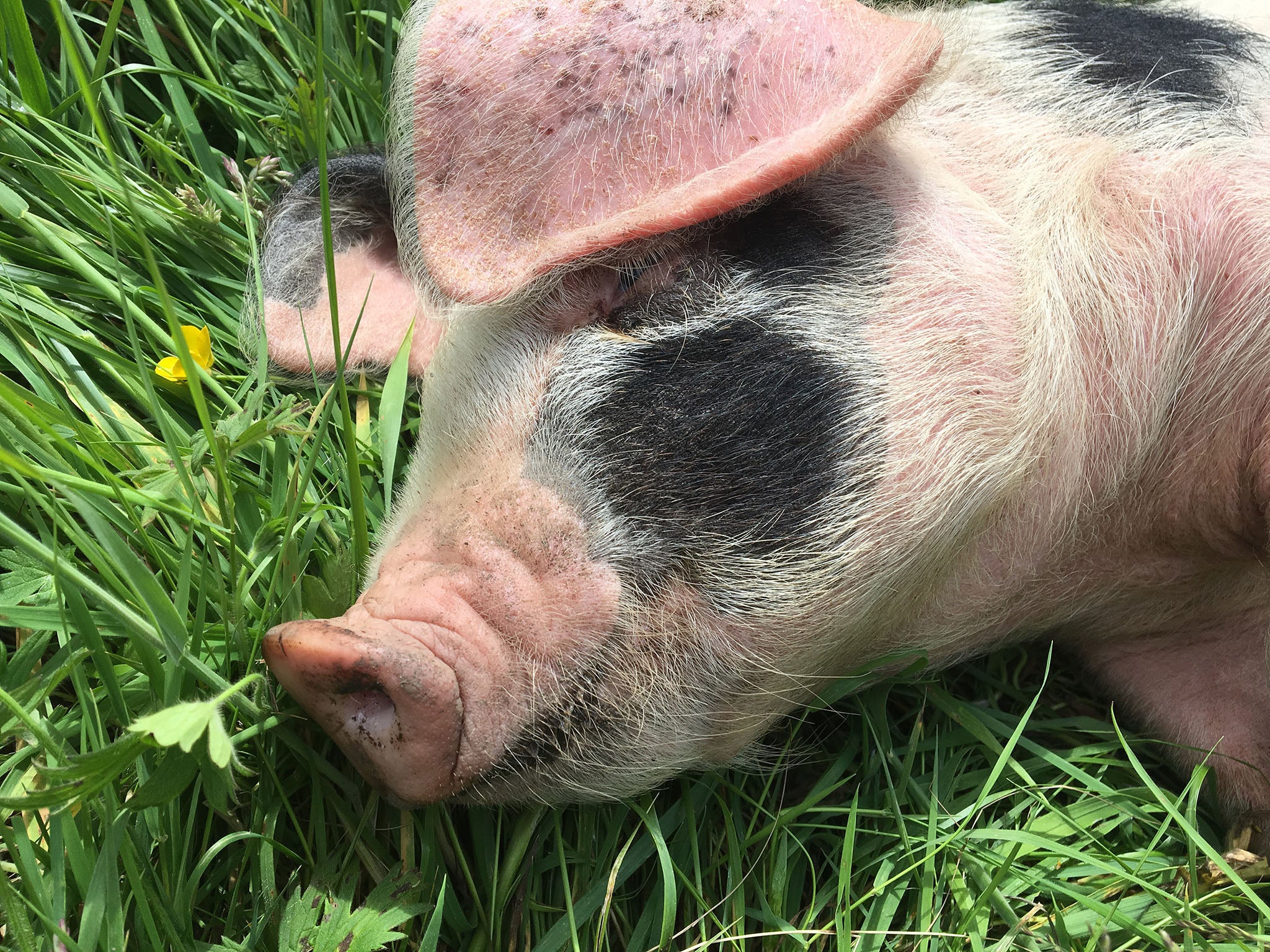
So, the family picked up three female Gloucester Old Spots, traditionally orchard pigs, in May last year. They were just 10 weeks old and tiny, like little puppies. And to prepare, Millie was gaining work experience on a pig farm in Sweden.
“It was really exciting to know they were waiting for me,” she says. “At first, I was pretty gung-ho about taking them to slaughter because I had taken two pigs in Sweden to an abattoir in Uppsala. But I didn’t really have a clue what was awaiting us because you can’t help but bond with animals and it’s totally different when they’re yours.
“We put everything in to make them as happy as possible.”
They purposefully didn’t name the pigs and tried not to get too attached but, of course, they each had a distinct character. The little one was the most cautious, she wasn’t at all happy when she had to be stamped (for the abattoir) whereas the bigger one didn’t even bat an eyelid and simply carried on eating. The middle one always followed the leader but would butt in if she saw she was missing out on strokes.
For the most part, looking after the pigs was relatively easy. Building the fences was the hardest part, but Fraser took charge of that task.
Other than that, it was important to socialise with them every day and top up the straw in their shed about once a month. Pigs are typically very clean animals and they had a dedicated site where they defecated, away from where they ate.
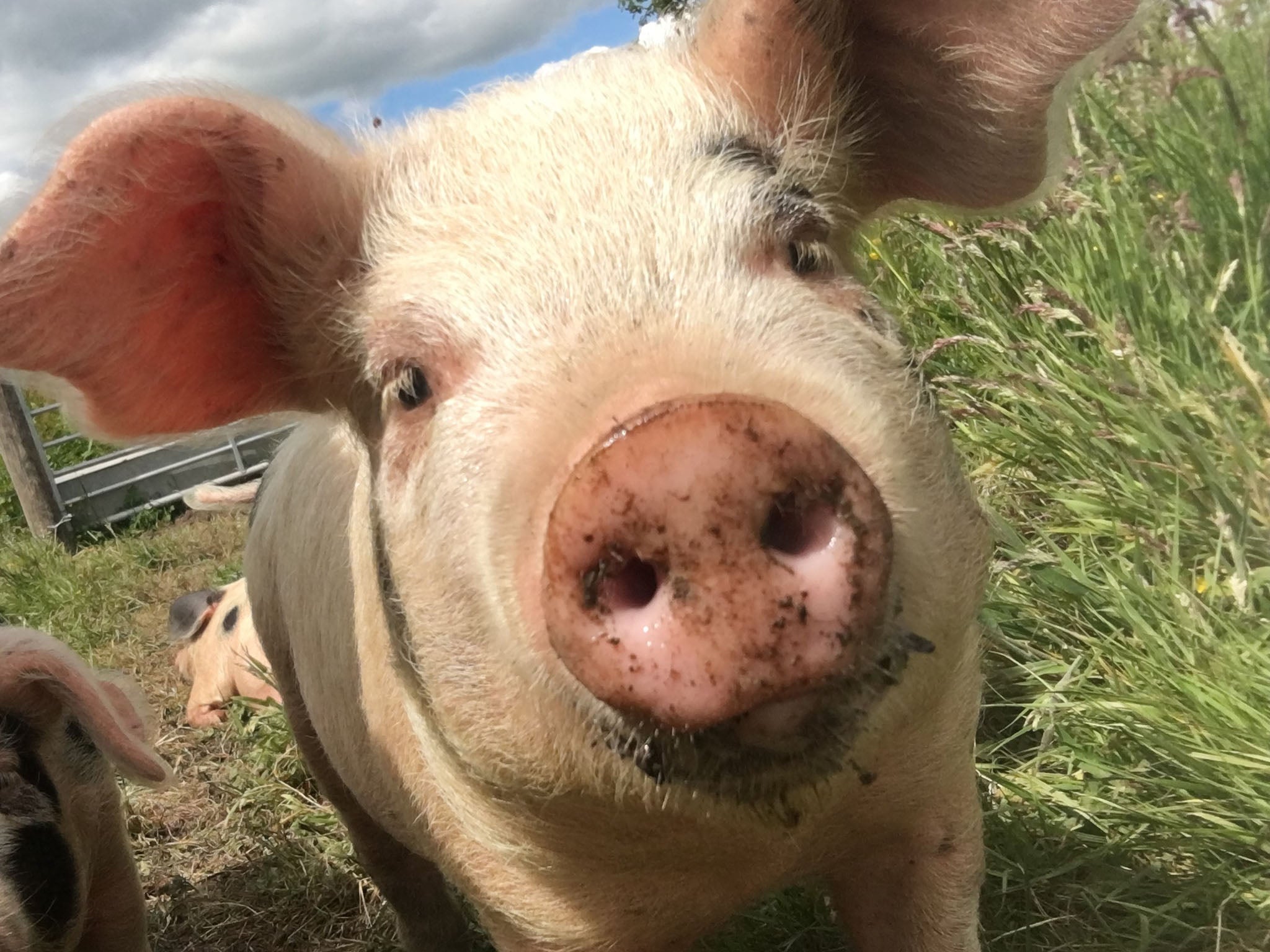
Food made them very happy, they ate bananas every day – the skins if they were hungry, just the banana if not. In summer they had their fill of apples and pears from the orchard and every week there was a bag of fruit and vegetables waiting on the drive from friends and neighbours.
For Millie, documenting their experiences on Instagram is a way to address the disconnect in society between our love of animals and the food on our plate.
Although some of her images can seem quite shocking, especially as they weave from a newborn piglet to a severed pigs head, she maintains these are the things we have to confront if we choose to eat meat.
It's been a great way to get in touch with experts, who offered advice and support when needed. But the backlash from some vegans was so extreme she had to be careful when to post and she’s still wary about revealing her location.
Local farmers were generous with food, straw and advice – but they also admitted to looking forward to the day they would watch these inexperienced ‘newbies’ chase their escaped pigs down the lane.
Luckily, it never happened. Although, the pigs did cleverly short the electric fence more than once by nudging logs against it, and one time used the opportunity to even climb into the nearby chicken coop.
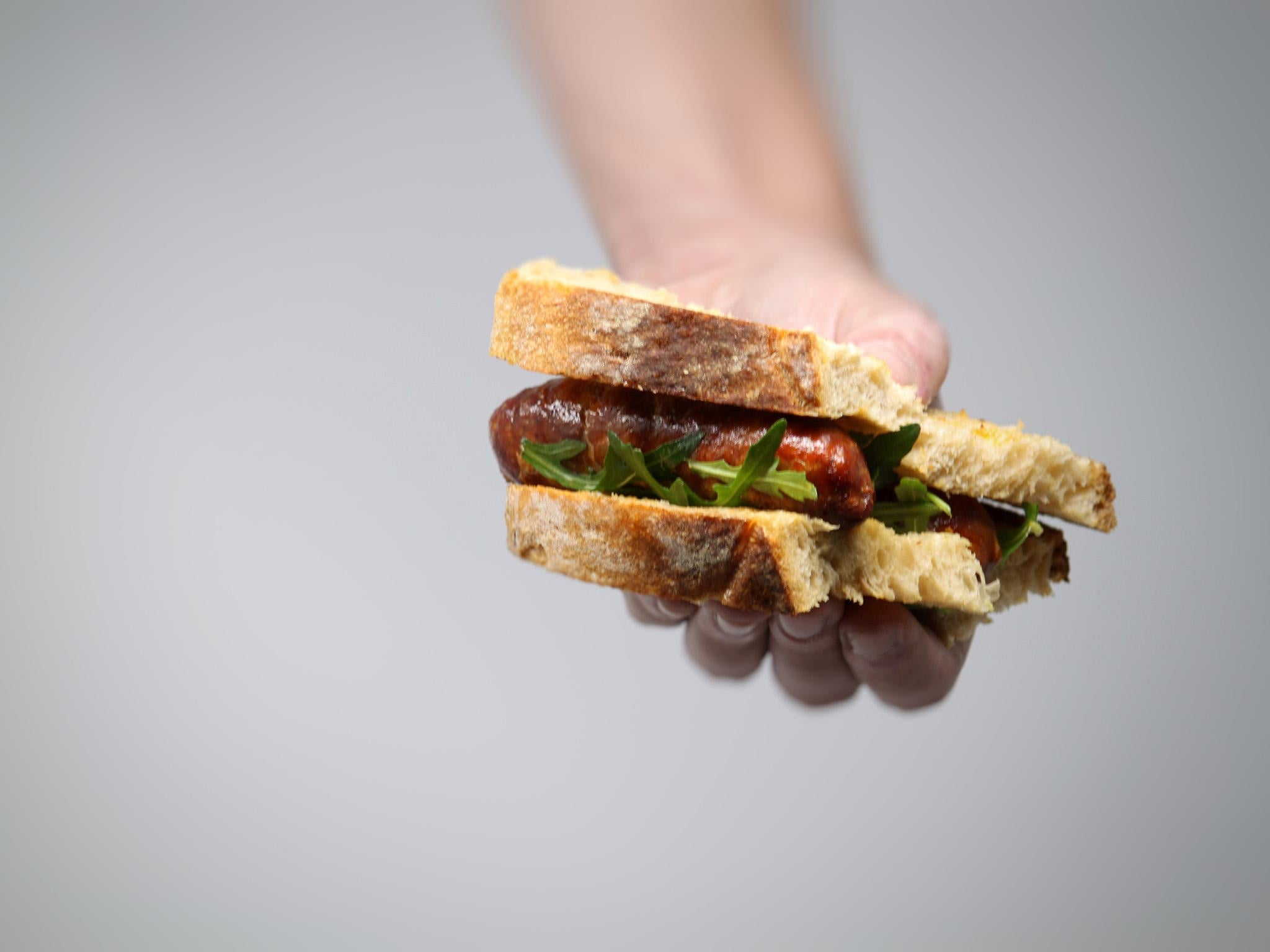
That was as far as their escape artists got. Life for the three pigs was pretty cosy and as December got colder they retreated from the icy mud and spent more time in their warm shed.
Eventually, though, the day came to coax the pigs into a trailer to take them to the abattoir. They were fed in the trailer every day for a week to acclimatise them to the space and on the final day they enticed up the ramp with bananas where straw and buckets of organic cider awaited them, a tip picked up from Hugh Fearnley-Whittingstall.
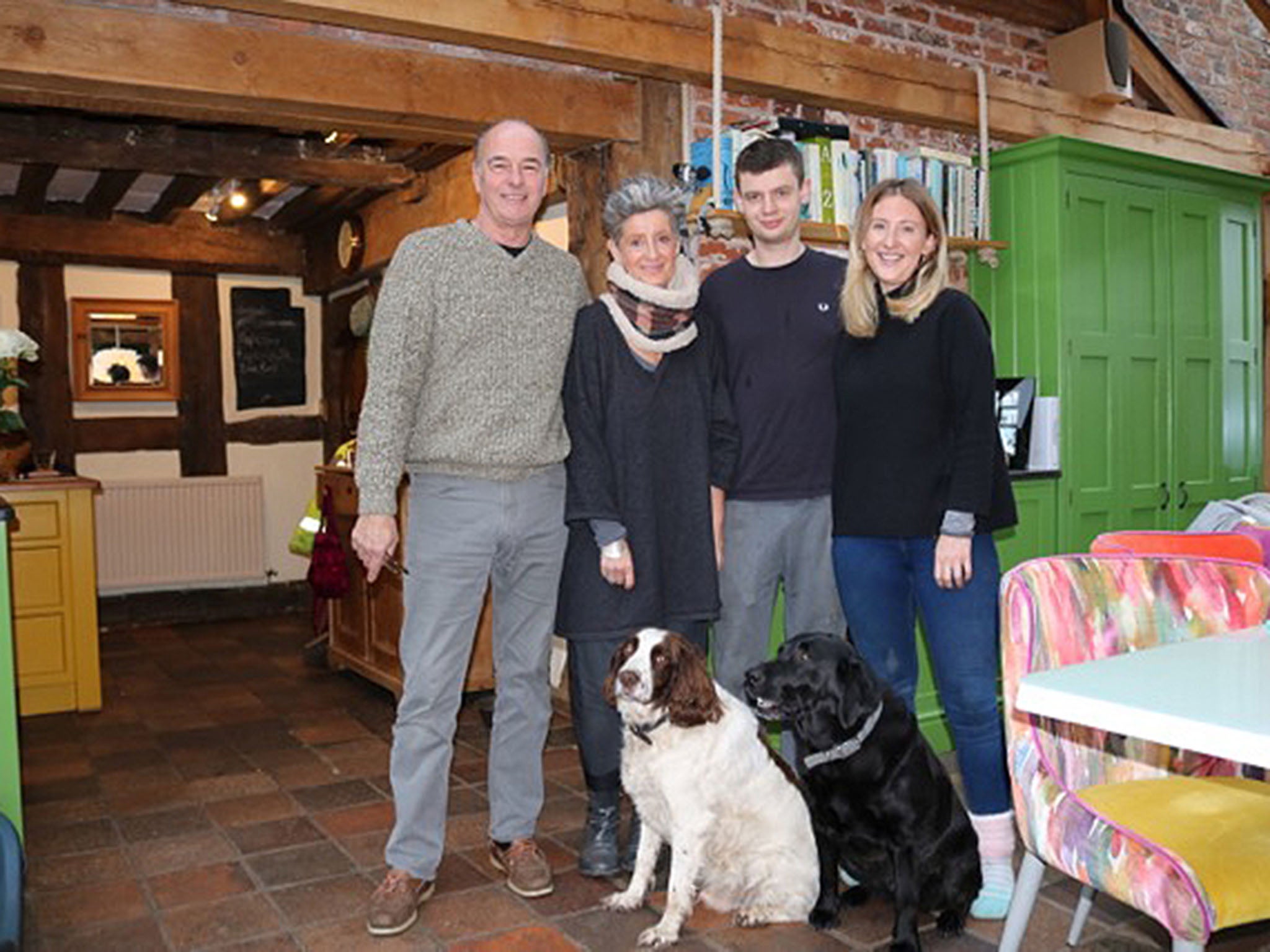
“I felt guilty because they trusted me and I lead them into a trailer. The little one went straight away – she was so trusting. At the same time I was grateful that it wasn’t horrific,” says Millie.
The whole family went to the abattoir. Iain drove, but didn’t come out until the pigs were secured in the vehicle and and he didn’t get out see them leave it. His last memory of the pigs is in their garden at home.
Things got a little less cosy, and a lot more real at the abattoir, which was about a 20-minute drive away in the middle of the local village.
The pigs were reluctant to leave the trailer and to investigate the unfamiliar lairage (the area where animals are held before slaughter). The abattoir worker didn’t have the same patience as the family did to tempt them out with apples and anything edible they could find in the car.
“Don’t rush them,” Millie pleaded.
But there was work to be done and these weren’t the only pigs to be dispatched that afternoon. The carcass hanging in the window was a stark reminder they weren’t first, either.
“The day before we took them to the abattoir the thought that we don’t have to do this was running through my head – there was nothing forcing us,” Millie reflects. “But I also knew none of us was going to back out, either.”
For two days after Millie cried. Then, acknowledging there was no turning back, Millie was eager to get to the butchers. She was curious to see whether she would recognise each pig without their markings – she did and it reassured her to know it was definitely her pigs she was butchering and eating
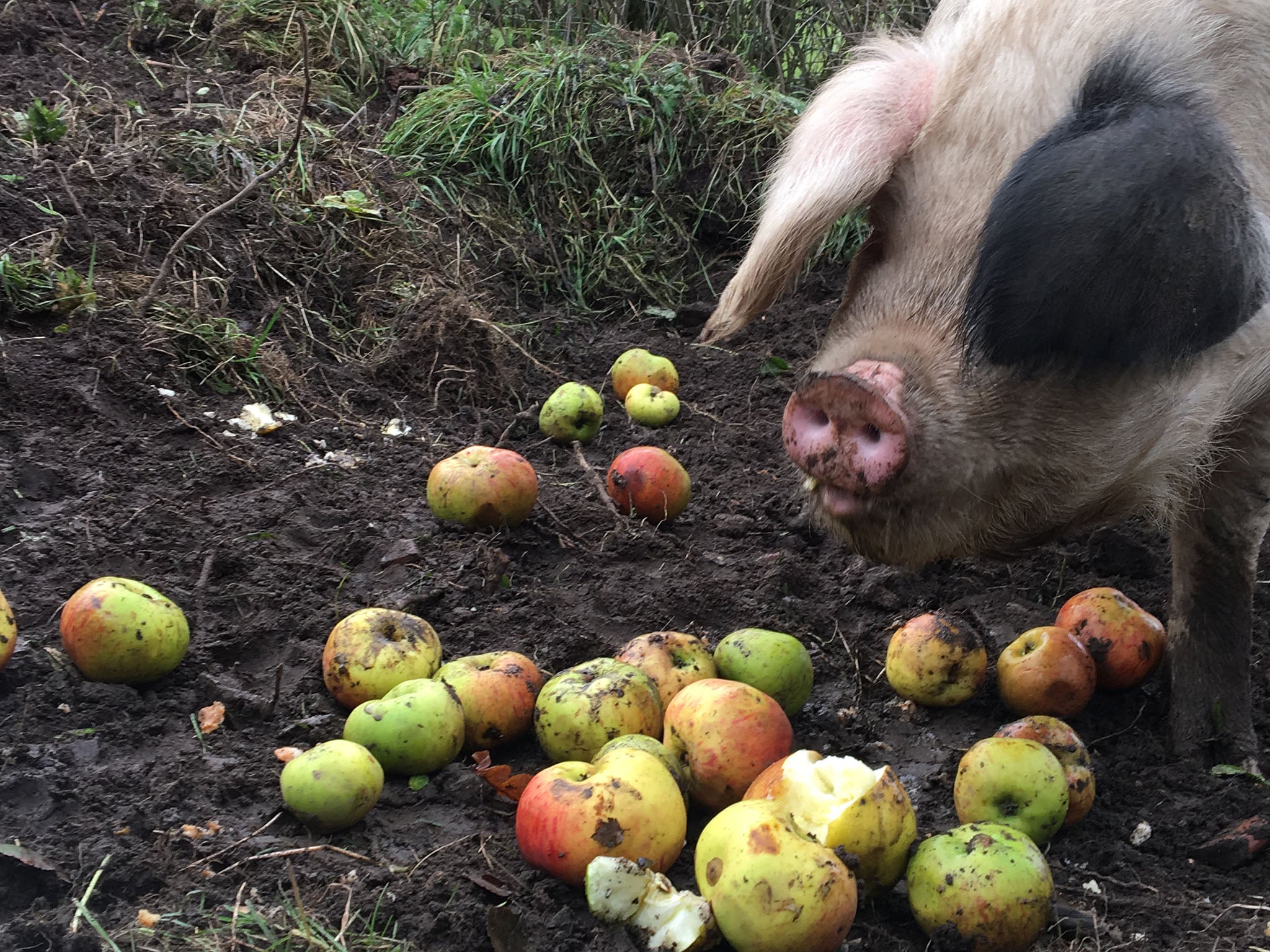
“We needed to do justice to these animals and, I guess, enjoy the process because what’s the point if you’re not going to reap the rewards?” she says.
She took her friend, Tilly, a butcher, with her for encouragement and support. It took five butchers four hours to carve up two of the pigs – the third was saved for the next day when Belinda, Iain and Fraser could go.
The butchers were impressed with how healthy everything looked. The meat was rich and darker in colour, rather than insipid and pale like you find in the supermarket. There was good level of fat and marbling, evidence of their slower growth.
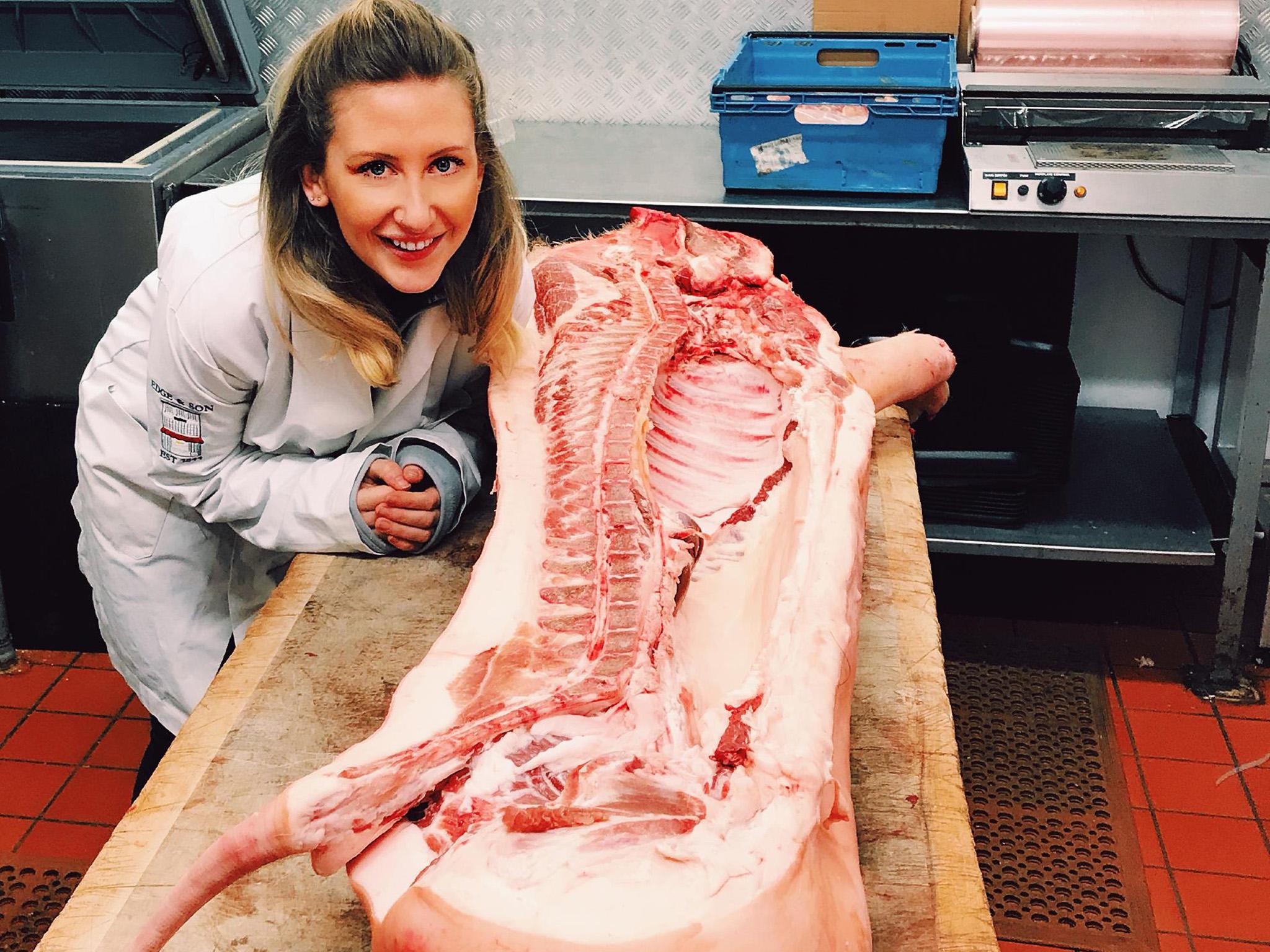
The first thing the family ate was pork chops. Initially, the butchers said the pigs were too fat for this cut – they each weighed about 100 kilos when they went to the abattoir, more than 50 per cent bigger than the average size of a farm pig.
Iain wasn’t keen to get chops either as he usually finds them bland and dull, but Millie was insistent because she wanted to taste the meat in as pure as form as possible.
“They were huge, a third fat and two-thirds meat. Iain was amazed at the flavour: "They were nutty and fruity and I’m convinced that’s because we fed them loads of acorns and apples,” he said.
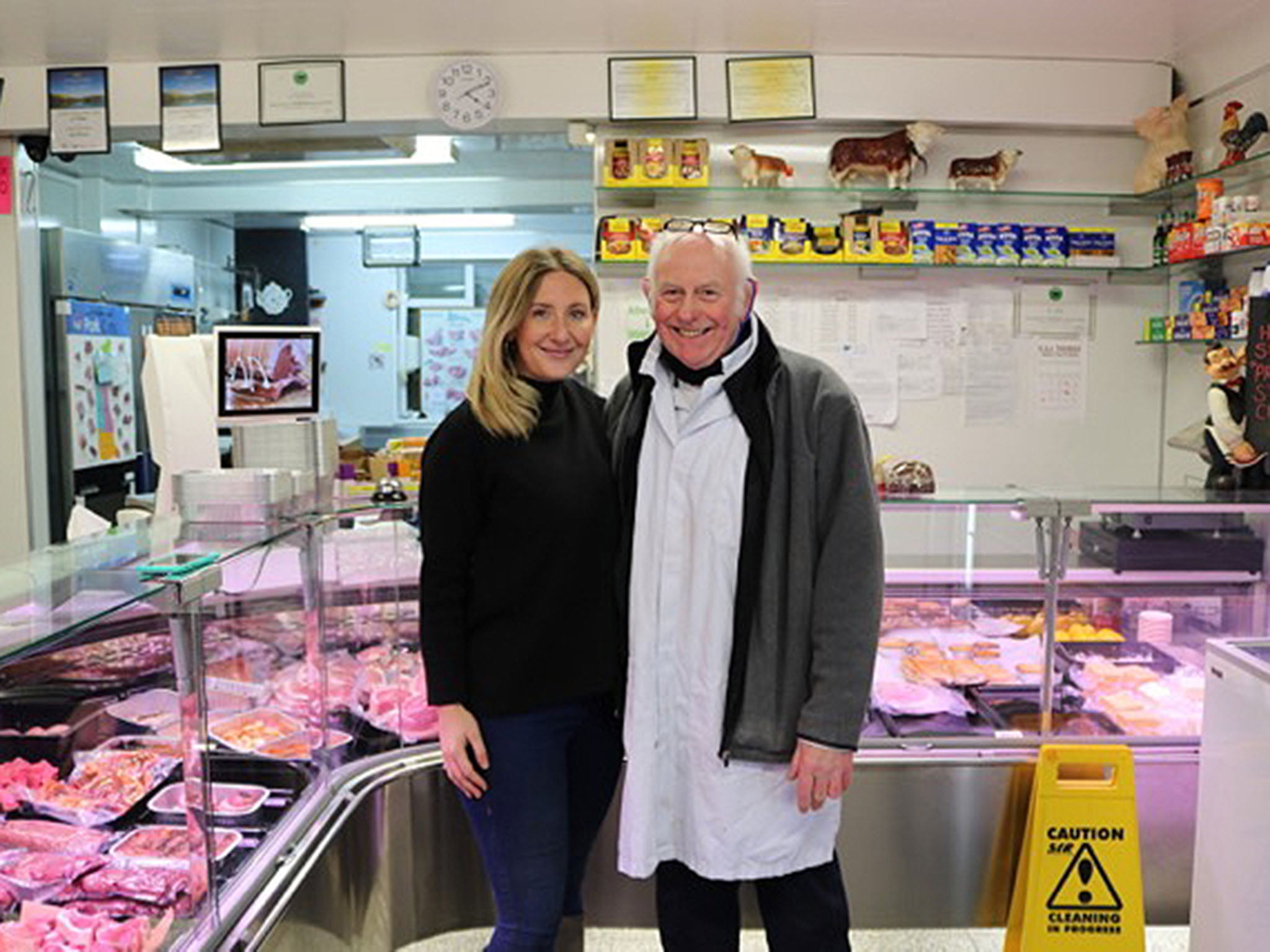
The pigs had a predominantly organic diet, although they weren’t certified as such. The family simply believed this would create better tasting meat.
The pigs cost £30 each to buy, £25 each to be killed and £50 each to be butchered. Fencing cost about £700 and food around £250. Each pig gave £350 of meat back, so the family basically broke even. But if they do it again, they would make a profit as the biggest expense – the fencing – is already there.
"I guess basically it reinforces the point that having your own small holding is a much more financially feasible way forward to get good food on the table," says Millie.
For that amount, the family has had a life-changing experience and sharing it on social media has already proved a powerful tool for starting discussions and changing attitudes towards food consumption.
They’ve also now got two chest freezers filled with pork including more than 1,000 sausages, countless rashers of sweet and dry cure bacon, pork belly, a huge bag of offal and skin (for pork scratchings) – plus two prosciutto legs drying in the garage that will be ready to eat in about a year.
With all the dishes they cook, they try to let the pork shine through – the chops were simply cooked with oil, salt and pepper in a pan. They’ve feasted on ribs cooked on a makeshift smoker, using the wood burner indoors because it was raining, and served with a BBQ glaze.
Of course, nose to tail eating goes without saying and pigs cheeks have been stuffed with cornbread and wrapped in bacon. Millie also boiled the head and picked all the meat off it to make a pressed Italian sausage.
As for the sausage ragu? There are no tomatoes in this recipe, just salt, pepper, fennel and oil. It’s a dish I would never think to cook – and it’s fresh and full of flavour.
Follow the rest of Millie’s journey on Instagram @piglet2plate
Lizzie is the founder of ethical lifestyle website bicbim.co.uk
Join our commenting forum
Join thought-provoking conversations, follow other Independent readers and see their replies
Comments